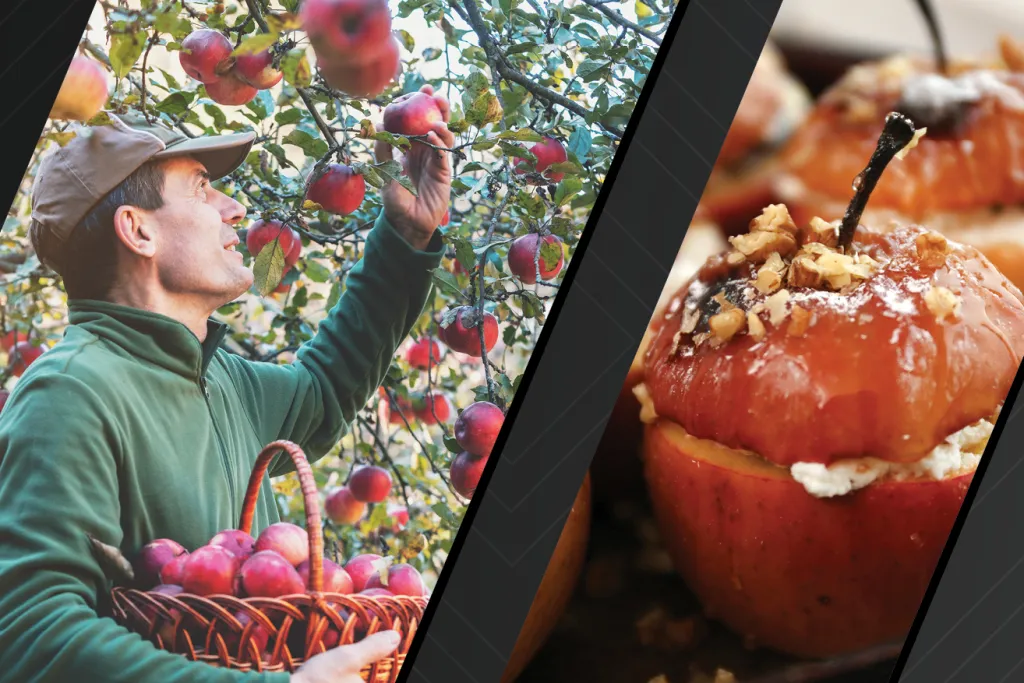October is National Apple Month. With a history dating back to the early 20th century, and marked annually since 1973, National Apple Month is a celebration of one of the nation’s most popular fruits.
According to the USDA Economic Research Service, apples held the top spot in 2019 for total fruits available for consumption in the U.S. With funding from USDA’s National Institute of Food and Agriculture (NIFA), research is taking place nationwide to ensure there are no bad apples to spoil the bunch.
Researchers at Precision Combustion Inc., in North Haven, Connecticut, are improving the storage life and freshness of apples and other tree fruits while reducing spoilage. The team is using a compact, high-efficiency photocatalytic oxidation reactor to control ethylene and other volatile organic compounds that are naturally generated by produce during transportation and storage.
Exotic ambrosia beetles are emerging as highly destructive pests in apple orchards, with infestations a major source of revenue losses. Scientists at the USDA Agricultural Research Service in Peoria, Illinois, are working to improve stakeholder understanding about ambrosia beetle monitoring and management; implement pest management tactics; establish and disseminate knowledge about the economic impact and cost-to-benefit ratio of managing ambrosia beetles; and determine effective outreach avenues and expand tactics to reduce the risk of attacks.
Researchers at the New York Agricultural Experiment Station in Geneva, New York, are breeding designer apple rootstocks to match nutrient parameters under organic management. Organic apple production in the Eastern U.S. is small and is mostly based on existing rootstocks, which are susceptible to fire blight which creates a very high risk of infection and tree death. The incorporation of disease-resistant rootstocks would greatly reduce the risk.
Researchers at Pennsylvania State University are working to reduce apple fruit decay during storage by generating region-specific postharvest apple disease data and optimized management recommendations for the Mid-Atlantic apple industry.
Visit the NIFA Topics page to learn more about the agency’s work relating to apples and other fruits.
Top image: Left image of farmer picking an apple from a tree. Right image of baked apples. Courtesy of Adobe Stock.

